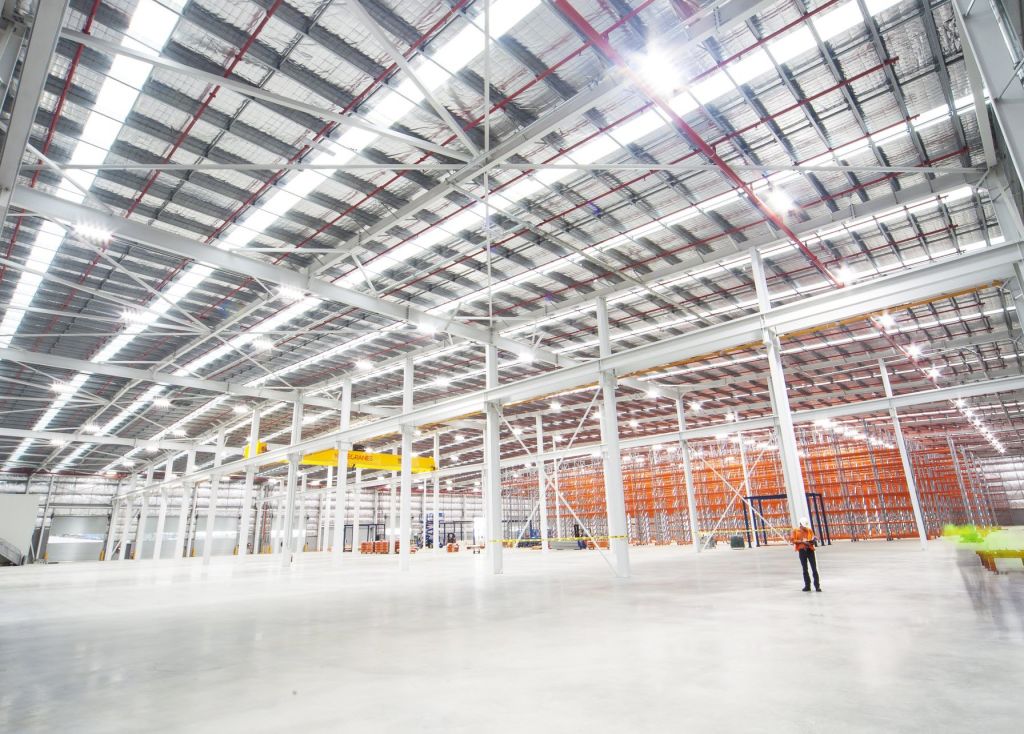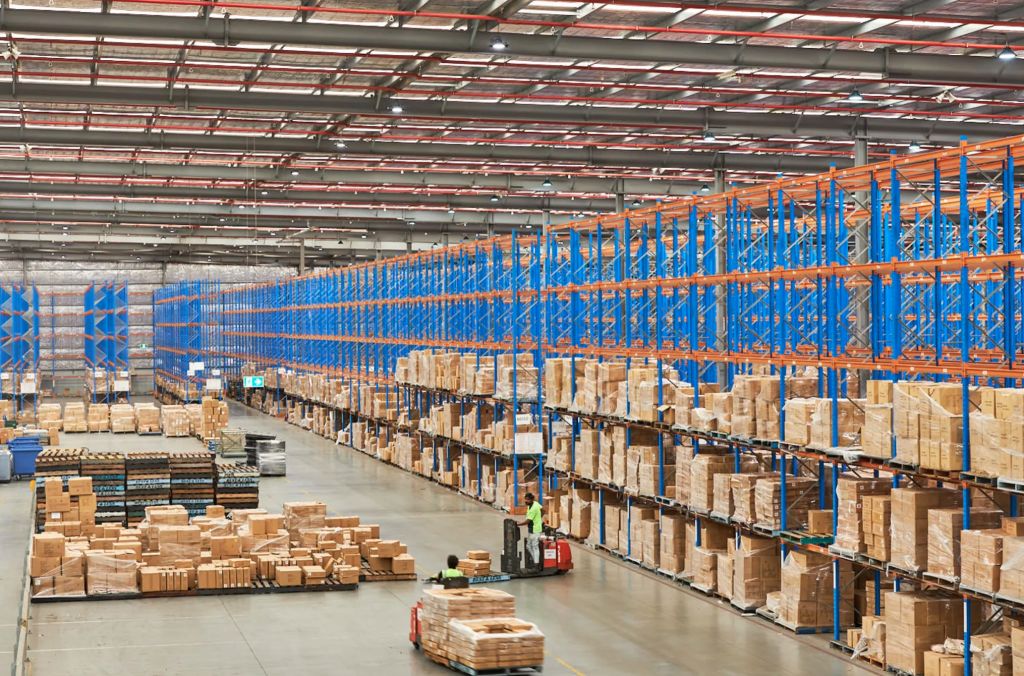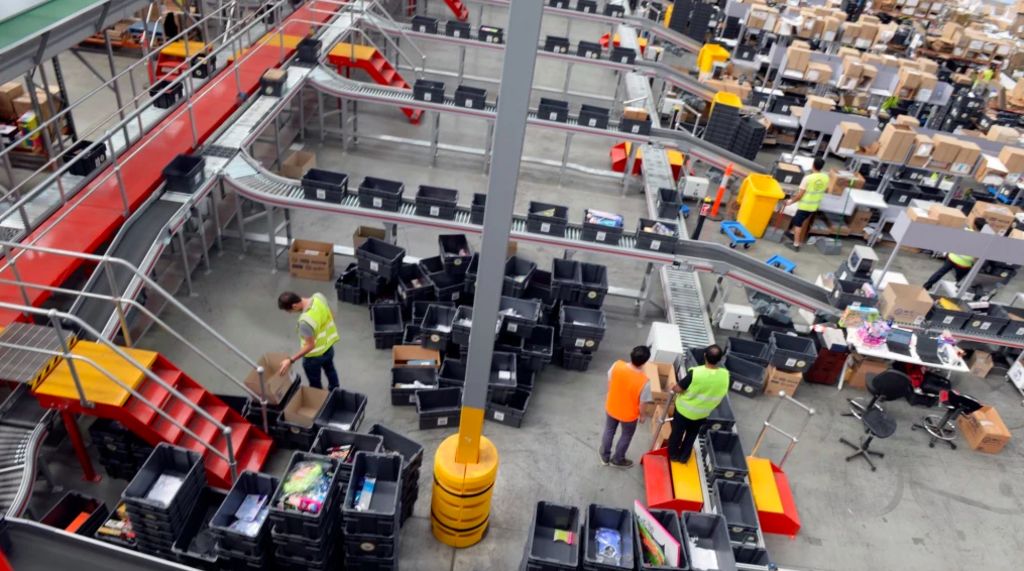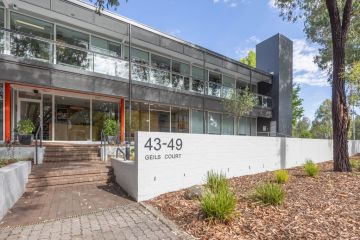Everything to know about industrial real estate in Canberra

A perfect storm of conditions is creating a big wave of enthusiasm for industrial property investments, with quality options now in tight supply.
Michael Ceacis of Canberra Commercial says demand for warehouse space, in particular, is running at historically high levels.
“Conversely, industrial vacancy rates have dropped to their lowest levels on record,” he says.
“Add to that equation increased construction costs and, overall, rents have been pushed to record highs.”
Industrial property demand has also been affected by events further afield, with supply chains straining from a war in Europe and tensions in the Asia-Pacific region.
These influences have seen distributors and suppliers pivoting toward holding greater inventory. The impact of that is an increased need for more space.

Most new industrial assets are subsequently now being built pre-leased, leaving very few opportunities for businesses on a walk-in basis.
Ceacis says these dynamics ensure industrial assets are returning stronger cash flows over longer periods.
“Another benefit is they usually incur lower outgoings and typically require significantly less capital reinvestment compared with other asset classes like, say, office buildings,” he says.
“Upgrades for those can include everything from carpet to air-conditioning plant, lifts, bathrooms, foyers and more – they are big costs for an owner to bear.”
While supply might be tight, industrial uses are very broad, which can mean potentially more opportunities for investors along with a wider range of buy-in points.

Sectors include “last mile” logistics warehouses/distribution centres, manufacturing/factories, dealerships, communication facilities, data centres, bulk landscape supplies, tradie units, plant and equipment hire establishments, self-storage units, recycling facilities and more.
Entry-level industrial assets are normally smaller units within a complex often leased to small businesses like mechanics, panel beaters, joinery trades, plumbers, self-storage and the like.
“These are very popular and sell quickly – often for under $1 million – are sales tax exempt in the ACT and can offer depreciation benefits,” Ceacis says.
Pros of industrial investment
Higher rental yields: Industrial assets can attract 5-10 per cent gross rental yield and are more likely to be cash-flow positive.
Longer-term leases: Three to five years and as long as 20 years for larger purpose-built assets. Higher-grade properties are favoured by corporations, government departments and national brands.
Lower outgoings: Most industrial leases are “net”, which means a tenant pays rent and all outgoings.
Capital expenditure: Tenants are usually responsible for costs in customising premises to suit their needs. They are also then required to “make good” (return to original condition) at the end of the lease term.
Cons of industrial investment
Increased vacancy: Industrial properties can endure longer vacancies, putting holding costs back on an owner until a new lease is signed.
Lease terms: These can be complex and are better negotiated with the advice and services of a trusted professional.
Borrowing capacity: The maximum borrowing level for an industrial/commercial property is 60-65 per cent of asset value. Buyers need to fund the difference.
Economic conditions: Demand for industrial/commercial properties is usually more susceptible to an economic downturn.
We recommend
We thought you might like
States
Capital Cities
Capital Cities - Rentals
Popular Areas
Allhomes
More










